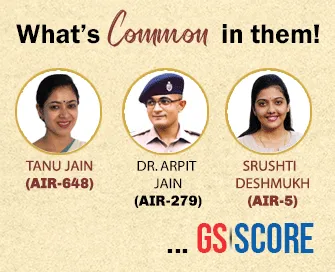

The Information and Broadcasting Ministry has issued an advisory to all media outlets not to use the word “Dalit” to refer to people belonging to the Scheduled Castes.
Context
The Information and Broadcasting Ministry has issued an advisory to all media outlets not to use the word “Dalit” to refer to people belonging to the Scheduled Castes.
About
- The advisory is based on an order of the Bombay High Court based on a petition filed.
- In a circular on March 15 this year, the Ministry of Social Justice had issued a similar advisory to all State governments that all official communications should use the constitutional term Scheduled Caste instead of the word ‘Dalit.’
-Historical aspects related to word “Dalit”:
- Dalit is a term mostly used for the castes in India that have been subjected to untouchability. Dalits were excluded from the four-fold varna system of Hinduism and were seen as forming a fifth varna. Dalits now profess various religious beliefs, including Buddhism, Christianity and Sikhism.
- The term dalits was in used during British census to classify Depressed Classes prior to 1935. It was popularised by the R. Ambedkar, and in the 1970s, its use was invigorated when it was adopted by the Dalit Panthers activist group.
- India's National Commission for Scheduled Castesconsiders official use of dalit as a label to be "unconstitutional" because modern legislation prefers Scheduled Castes; however, some sources say that Dalit has encompassed more communities than the official term of Scheduled Castes and is sometimes used to refer to all of India's oppressed peoples. A similar, all-encompassing situation prevails in Nepal.
-About Schedule caste:
- The Scheduled Castes are officially designated group of historically disadvantaged people in India. For much of the period of British rule in the Indian subcontinent, they were known as the Depressed Classes.
- According to census 2011, the Scheduled Castes and Scheduled Tribes comprise about 16.6% and 8.6% of the total population respectively.
- Since independence, the Constitution has laid down the general principles of positive discrimination for SCs and STs.
- Scheduled Caste communities exist across India, although, they are mostly concentrated in few states. They do not share a single language or religion. Similar communities are found throughout the rest of South Asia, in Nepal, Pakistan, Bangladesh and Sri Lanka.


